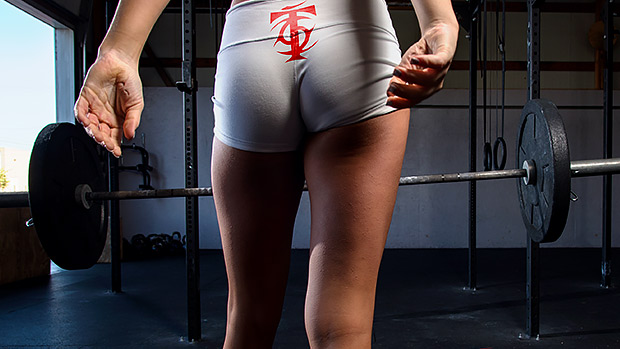It has been proven that intensity (proximity to failure, to inroad fast twitch fibers) is the sole factor in inducing muscle muscle growth (through “mechanical tension”) thus I would argue the exact opposite. For effective (building muscle), exercise should be brief, infrequent (to ensure proper recovery), and intense (training to failure).Essentially what you want to do, and that's probably true for all "exercise", is just that: have it be as effortless as possible,
this is not unique to eccentric exercise, when I perform sets to failure I feel very fatigued halfway through evenWhen, on the other hand, you do eccentric exercises to failure, you'll start to reach fatigue well before failure too

